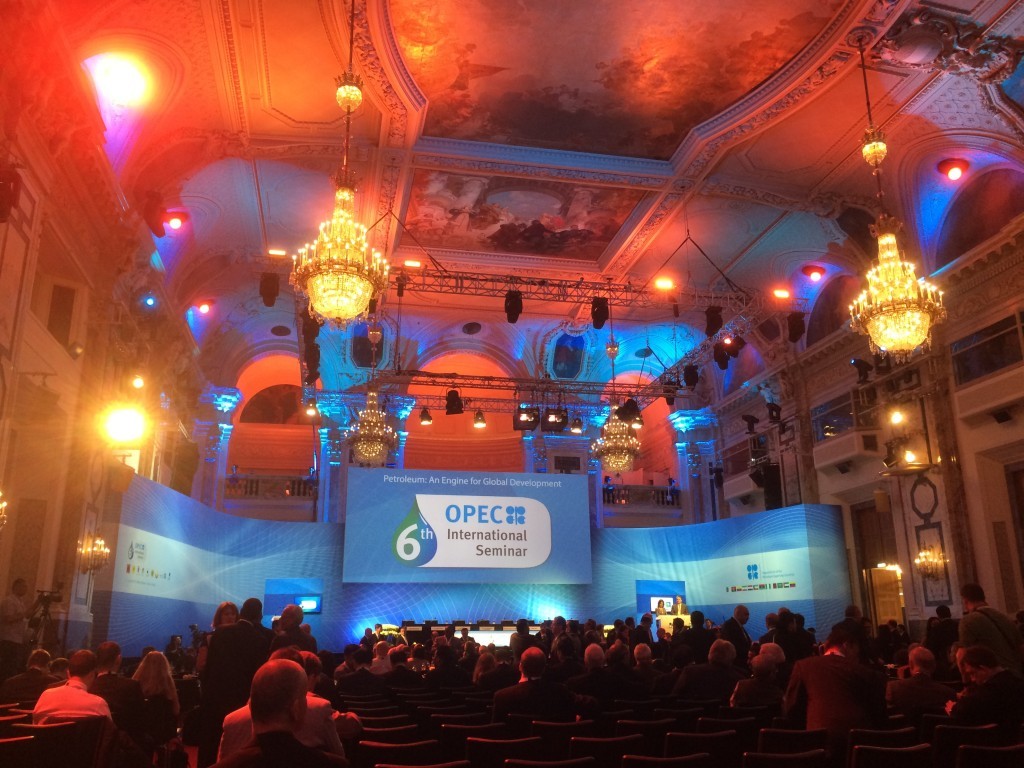
OPEC predicted higher demand for its crude oil next year, sticking to its view that a strategy of letting prices fall will tame the US shale boom and cut a global surplus.
The monthly report from the Organization of the Petroleum Exporting Countries also said a weaker outlook for China would contribute to slower global oil demand growth next year.
“US oil production has shown signs of slowing,” OPEC said in the report, published today.
“This could contribute to a reduction in the imbalance of oil market fundamentals, however, it remains to be seen to what extent this can be achieved in the months to come.”
OPEC said it expected demand for its crude next year to average 30.31 million barrels per day (bpd), up 190,000 bpd from last month, despite the slower demand growth overall due to a weaker outlook for Latin America and China.
Oil is trading below $50 a barrel, less than half its level of June 2014. But OPEC has refused to cut output, seeking to recover market share by slowing higher-cost production in the United States and elsewhere that had been encouraged by OPEC’s former policy of keeping prices near $100.
OPEC expects oil supply from non-member countries to increase by 160,000 bpd next year, a sharp slowdown from growth of 880,000 bpd in 2015. The predictions are, respectively, 110,000 bpd and 70,000 bpd less than forecast last month.
The 2016 forecast for U.S. tight oil production, also known as shale, was reduced by 100,000 bpd. OPEC’s move follows the U.S. government’s downward revision of domestic output announced in August.
But OPEC did not go as far as the International Energy Agency, which on Friday said lower oil prices would force non-OPEC to cut output by the steepest rate in more than two decades next year.
OPEC also expects the recent strength in oil demand growth to moderate. It sees world oil demand growth slowing to 1.29 million bpd in 2016 – down 50,000 bpd from last month, from 1.46 million bpd in 2015.
“For 2016, projections for oil demand development in China are slightly lower than anticipated in last month’s report amid expectations of slower economic activity than previously assumed,” OPEC said.
The report said OPEC members continue to boost supplies. According to secondary sources cited by the report, OPEC pumped 31.54 million bpd in August – up 13,000 bpd from July and 2.19 million bpd more than its prediction of the demand for its crude this year.
Despite the higher demand it expects for OPEC crude in 2016, the report points to a 1.23 million bpd supply surplus in the market next year if the group kept pumping at August’s rate.
Saudi Arabia, the driving force behind’s OPEC’s refusal to cut output, told OPEC it trimmed production to 10.27 million bpd in August, a further decline from June’s record rate.
Recommended for you
